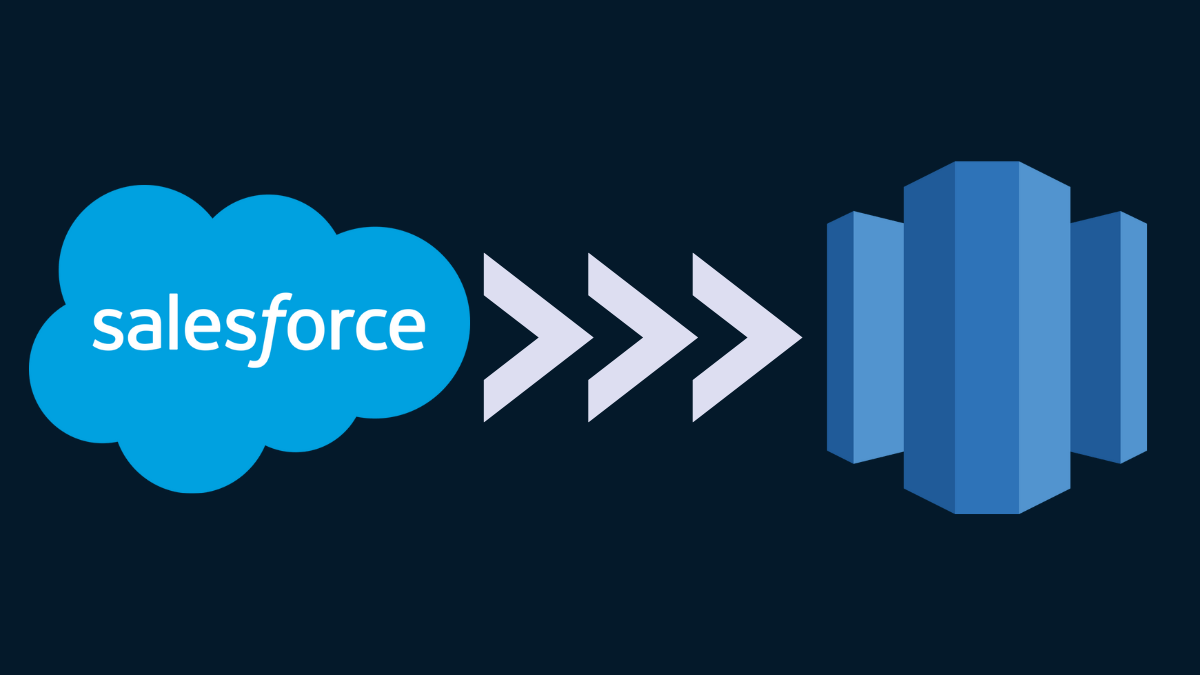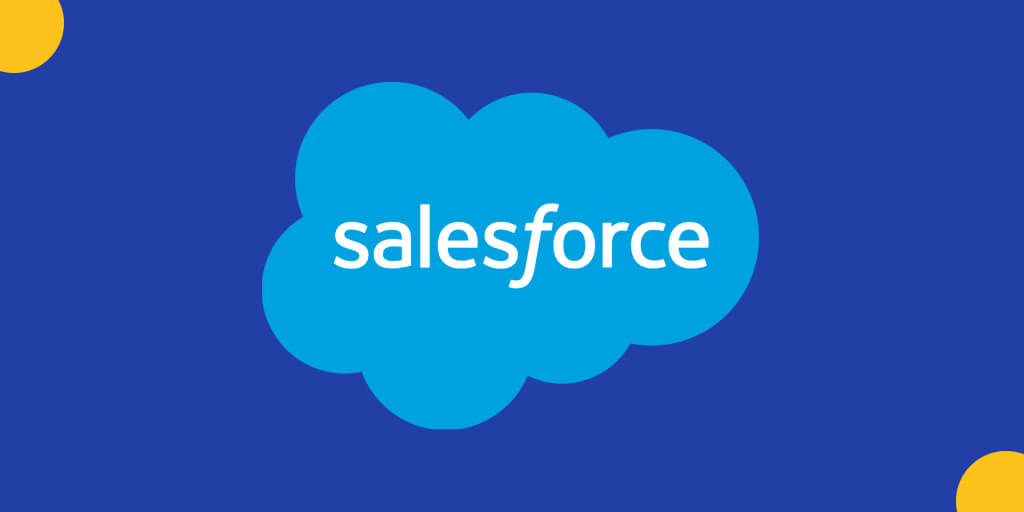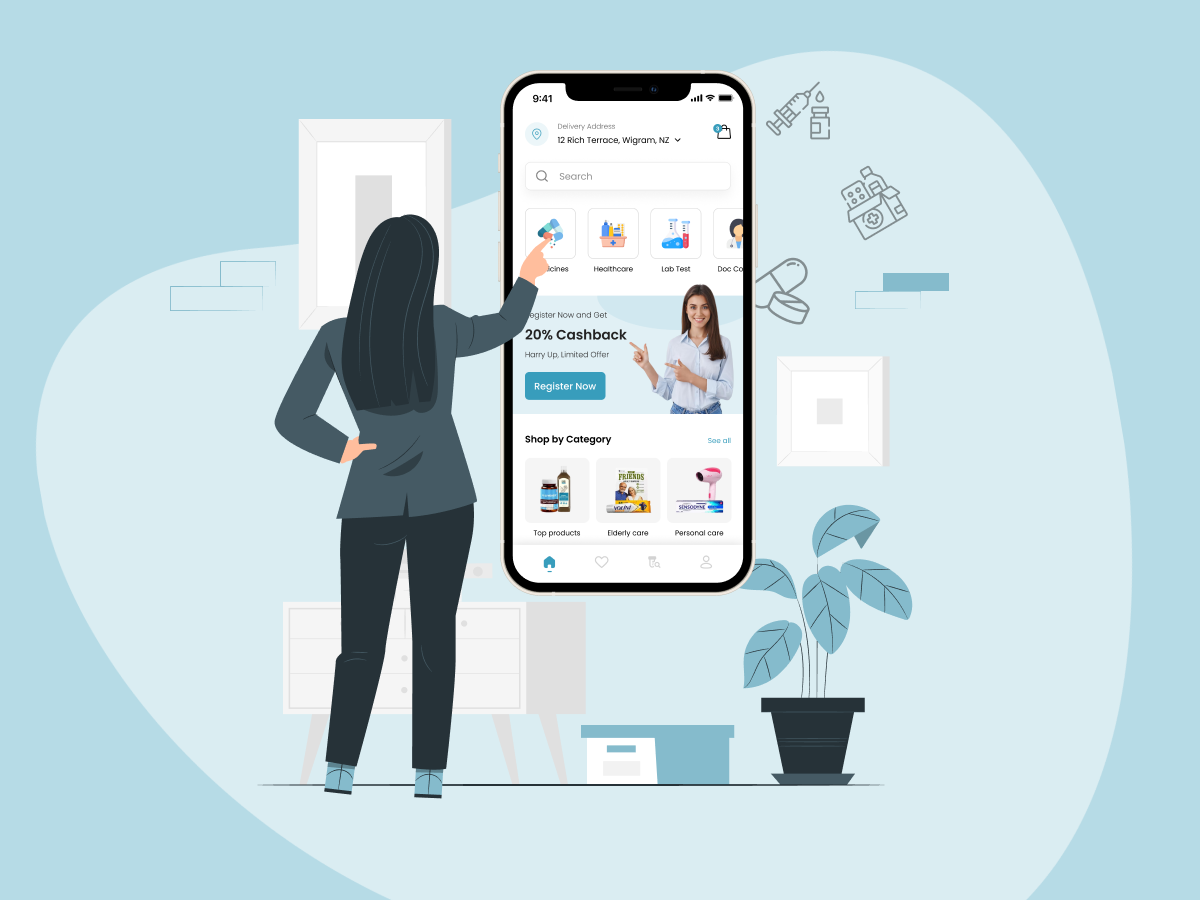In today’s data-driven landscape, having a holistic view of your customer is paramount. Salesforce Data Cloud offers a powerful platform for unifying customer data from various sources, while Amazon Redshift provides a scalable and high-performance data warehouse for advanced analytics. Integrating these two platforms can unlock significant insights and drive better business decisions.
This blog post will guide you through the process of seamlessly connecting your Salesforce Data Cloud instance with your Amazon Redshift cluster using the Salesforce Identity Provider for secure and streamlined authentication.
Why Integrate Salesforce Data Cloud and Amazon Redshift?
Before diving into the “how,” let’s explore the “why”:
- Enhanced Analytics: Move unified customer profiles and engagement data from Data Cloud into Redshift for complex querying, advanced segmentation, and predictive modeling.
- Data Enrichment: Combine rich customer data from Data Cloud with other enterprise data residing in Redshift for a more comprehensive understanding.
- Scalable Data Warehousing: Leverage Redshift’s scalability and performance to handle large volumes of Data Cloud data for in-depth analysis without impacting your operational systems.
- Centralized Reporting: Create unified dashboards and reports in your preferred BI tools by accessing consolidated data from both platforms within Redshift.
- Improved Decision-Making: Gain actionable insights by analyzing a complete view of your customer journey, leading to more informed marketing campaigns, sales strategies, and customer service initiatives.
Leveraging Salesforce Identity Provider for Secure Integration
Using the Salesforce Identity Provider simplifies the authentication process and enhances security. Instead of managing separate credentials, you can leverage your existing Salesforce user identities to grant access to Redshift. This approach offers several benefits:
- Simplified User Management: Manage user access centrally within your Salesforce organization.
- Enhanced Security: Enforce your existing Salesforce security policies and multi-factor authentication (MFA) for accessing Redshift data.
- Streamlined Onboarding and Offboarding: Easily grant or revoke access to Redshift based on Salesforce user roles and permissions.
Step-by-Step Guide to Integration
Here’s a breakdown of the steps involved in integrating Salesforce Data Cloud with Amazon Redshift using the Salesforce Identity Provider:
1. Configure Amazon Redshift for SAML Authentication:
- Create an IAM Role: In your AWS Management Console, create an IAM role that Redshift will assume to access necessary resources. This role should have appropriate permissions to access your Redshift cluster and potentially other AWS services.
- Create a SAML Provider: Within IAM, create a SAML provider. You’ll need the metadata URL or XML file from your Salesforce Identity Provider setup (explained in the next step).
- Map IAM Role to SAML Provider: Establish a trust relationship between the IAM role and the SAML provider. This allows users authenticated by Salesforce to assume the IAM role.
- Configure Redshift Cluster for SAML: Using the AWS CLI or Redshift Query Editor, associate your Redshift cluster with the created IAM role and SAML provider. You’ll need to specify the ARN of the IAM role and the SAML provider.
2. Configure Salesforce as the Identity Provider:
- Enable Identity Provider: In your Salesforce Setup, navigate to “Identity Provider” and enable it.
- Download Metadata: Download the SAML metadata XML file. You’ll need this in the previous step when configuring the SAML provider in AWS IAM.
- Create a Connected App: Create a new connected app in Salesforce.
- Basic Information: Provide a name and API name for the connected app.
- Web (Enable SAML): Enable SAML and configure the following:
- Entity ID: This will be the identifier for your Redshift cluster (e.g., its endpoint).
- ACS URL: This is the Assertion Consumer Service URL for your Redshift cluster. You’ll typically find this in the Redshift documentation or configuration settings.
- Subject Type: Choose how the user’s identity will be represented in the SAML assertion (e.g., Federation ID or Username).
- Name ID Format: Select the appropriate format (e.g.,
urn:oasis:names:tc:SAML:1.1:nameid-format:unspecified). - Issuer: This should be the Salesforce Identity Provider URL.
- IdP Certificate: Choose the Salesforce Identity Provider certificate.
- Manage Profiles/Permission Sets: Grant access to the connected app to the Salesforce users or profiles who need to access Redshift data.
3. Establish the Connection from Salesforce Data Cloud to Amazon Redshift:
- Navigate to Data Cloud Connections: Within your Salesforce Data Cloud setup, go to “Connections.”
- Create a New Connection: Click on “New” and choose the “Amazon Redshift” connector.
- Configure the Connection:
- Connection Name: Provide a descriptive name for your connection.
- Authentication Type: Select “Salesforce Identity Provider (SAML).”
- Redshift Endpoint: Enter the endpoint URL of your Amazon Redshift cluster.
- Database Name: Specify the name of the Redshift database you want to connect to.
- SAML Issuer: Enter the Issuer URL of your Salesforce Identity Provider.
- SAML Subject: Choose the Salesforce field that will be used to identify the user in the SAML assertion (this should match the “Subject Type” you configured in the connected app).
- IAM Role ARN: Enter the ARN of the IAM role you created in AWS.
- Test the Connection: Click on the “Test Connection” button to verify that the integration is configured correctly.
4. Utilize the Connection in Data Cloud:
Once the connection is established, you can leverage it within Salesforce Data Cloud for various purposes:
- Data Streams: Create data streams to ingest data from Redshift into Data Cloud for further unification and analysis.
- Calculated Insights: Use data from Redshift in your Data Cloud calculated insights and segmentations.
- Activation Targets: Activate unified customer profiles by exporting segments to Redshift for targeted campaigns or data enrichment within Redshift.
Best Practices and Considerations:
- Security First: Regularly review and update IAM role permissions and Salesforce connected app access to ensure least privilege.
- Performance Optimization: Consider data volume and query complexity when designing your integration strategy. Optimize Redshift tables and queries for efficient data transfer and analysis.
- Error Handling and Monitoring: Implement robust error handling mechanisms and monitor the connection health and data flow between the two platforms.
- Data Governance: Establish clear data governance policies to ensure data quality, consistency, and compliance across both systems.
- Regular Testing: Periodically test the integration after any configuration changes or updates to either platform.
Conclusion:
Integrating Salesforce Data Cloud with Amazon Redshift using the Salesforce Identity Provider offers a secure, efficient, and powerful way to unify your customer data and unlock deeper insights. By following the steps outlined in this blog post, you can seamlessly connect these two leading platforms and empower your organization to make more data-driven decisions, ultimately leading to enhanced customer experiences and business growth. Embrace the power of unified data and elevate your analytics capabilities today!
Are you looking for Salesforce consultant in Chicago for your integration ? Contact us




